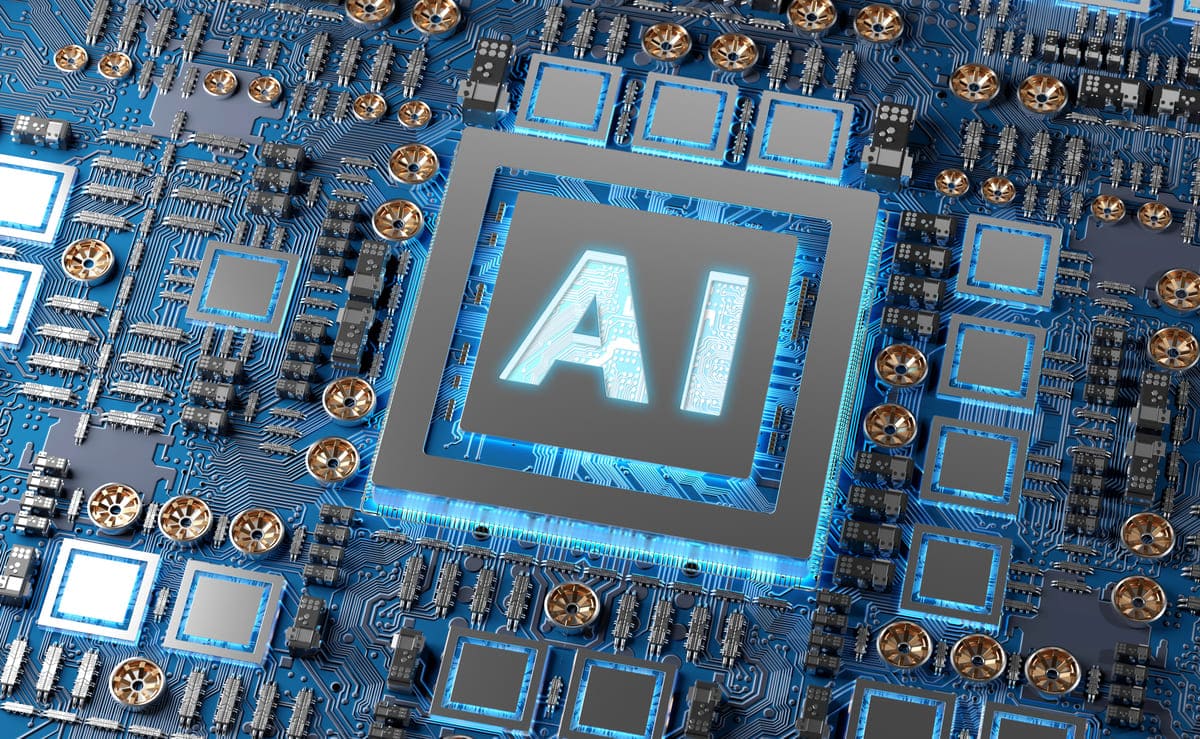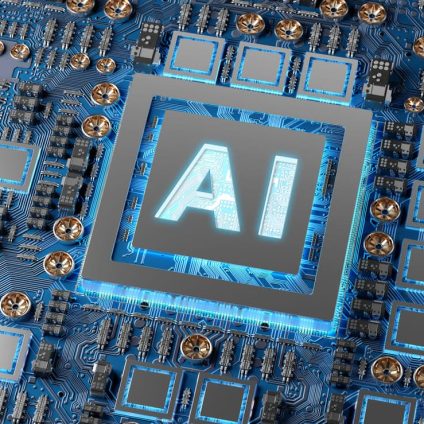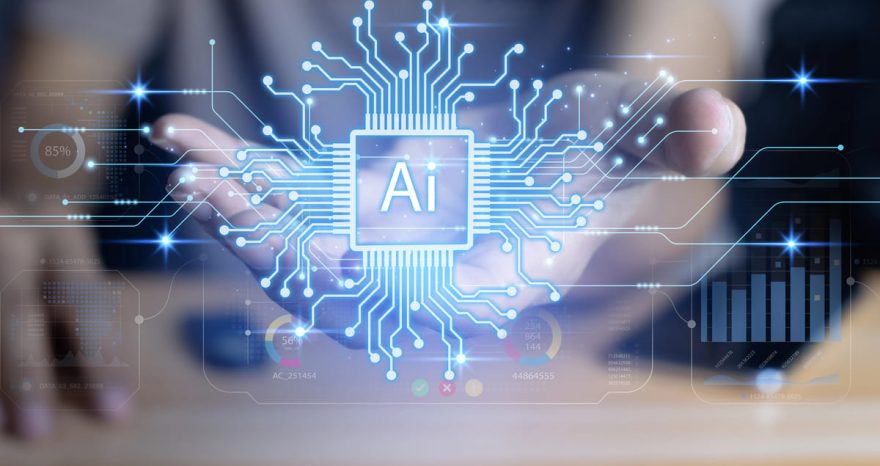By the end of the decade, electricity demand from AI data centers will exceed Japan’s current national consumption. This is the warning from the International Energy Agency (IEA) in its latest global report on artificial intelligence and energy
Artificial intelligence (AI) is rapidly reshaping industries from healthcare to finance, and its influence is also expanding across the global energy landscape. But what will the growing energy consumption AI mean as these systems become more integrated into the global economy and our everyday lives? According to new projections, electricity demand from AI could quadruple by 2030.
The analysis comes from the International Energy Agency’s new special report, Energy and AI, the most comprehensive global study to date on the intersection between artificial intelligence and energy use.
The impact of AI on sustainability and the energy transition
The IEA’s report provides a detailed snapshot of today’s trends and outlines where things are headed. The rise in energy consumption AI comes at a time when the world faces the urgent need for a clean energy transition, even as digitalization – led by artificial intelligence – continues to grow. This duality is at the core of the IEA’s analysis.
On one hand, AI is expected to significantly increase electricity demand, driven largely by the expansion of data centers. These facilities are essential for processing and storing the massive volumes of data needed to run AI algorithms.
On the other hand, AI has enormous potential to optimize energy systems, improve efficiency, lower operational costs, and accelerate emissions reductions – all key pillars for an effective energy transition.
Energy consumption AI: IEA projections reveal a sharp rise
At the heart of the report is one clear trend: global electricity demand from data centers is set to surge in the coming years.
By 2030, electricity consumption from data centers is expected to more than double, reaching around 945 terawatt-hours (TWh) annually. That’s slightly more than Japan’s current total electricity use.
Artificial intelligence will be the driving force behind this surge in energy consumption AI. Specifically, the electricity demand from AI-optimized data centers is projected to quadruple by 2030.
Why? Primarily due to the energy intensity of AI workloads, especially for training and running large models on high-performance chips like GPUs, which consume significant amounts of power.
There’s also the rapid adoption of AI across sectors. Integration into search engines and software development tools, for example, is playing a major role. Some estimates suggest that fully AI-powered search engines could require ten times more energy than current platforms.
The US and advanced economies are on the front lines
The IEA report makes it clear that this growing energy consumption AI won’t affect all regions equally. The United States, in particular, is set to bear the brunt.
By 2030, nearly half of the increase in global data center electricity use will come from U.S.-based facilities. Even more striking, the report suggests that U.S. data processing will require more electricity than the country’s entire energy-intensive manufacturing sector – including industries like aluminum, steel, cement, and chemicals.
Other advanced economies will also be significantly affected. The IEA estimates that data centers will account for more than 20% of electricity demand growth in developed countries between 2025 and 2030 – a stark reversal for regions where electricity demand has long been flat or even in decline.
In Japan, data centers are projected to account for over half of all electricity demand growth. In Malaysia, they’re expected to represent about 20%.
AI as a tool for accelerating the energy transition
Despite the concerns surrounding rising energy consumption AI, the IEA highlights the potential for artificial intelligence to drive a more efficient, low-carbon energy future.
AI can help:
- reduce operating costs,
- improve competitiveness,
- and cut greenhouse gas emissions across a wide range of energy applications.
For example, AI-powered algorithms can optimize power grid management, forecast renewable energy generation from solar and wind, and help balance supply and demand more effectively.
AI can also play a key role in improving the efficiency and flexibility of the data centers themselves, through intelligent energy and cooling management systems.
The energy challenges of AI
Alongside these opportunities, the IEA also points to the risks associated with the explosion in energy consumption AI.
The massive growth in electricity demand from data centers could place further strain on energy security – especially in regions dependent on unreliable power sources or struggling to expand capacity quickly enough.
Another concern is the demand for critical minerals used in the hardware powering AI data centers. The report includes new estimates on the sector’s future needs. For instance, by 2030, data centers could consume up to 11% of the current global supply of gallium, with China refining 98% of the world’s gallium today. The IEA projects that data center expansion by 2030 will account for around 2% of global demand for copper and silicon (based on 2024 volumes) and more than 3% for rare earth elements.













